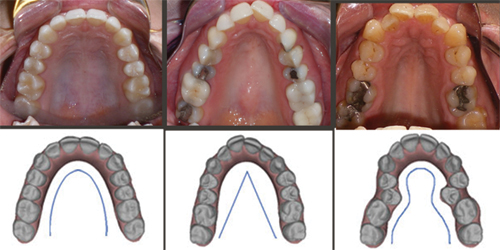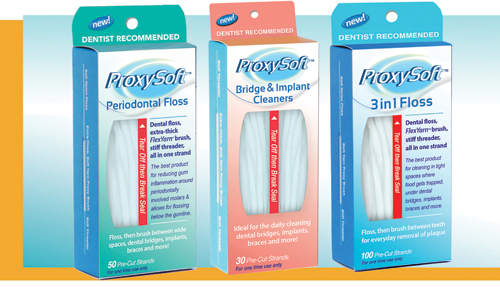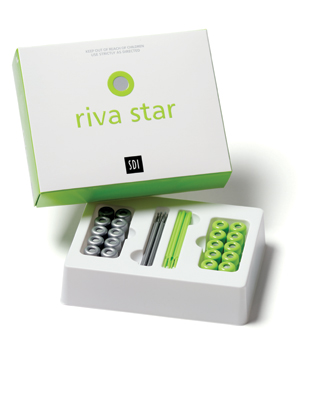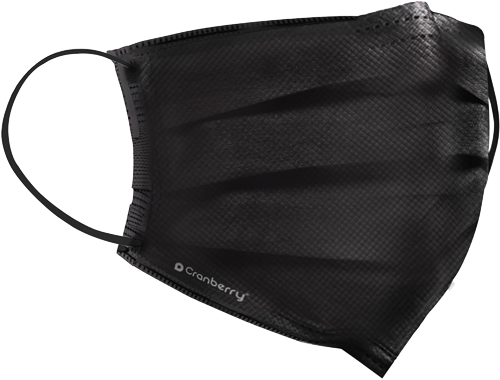By Susan Quan, MBA, MPH, RDH
On my first day of dental hygiene school in 1986, my class of 32 students sat nervously in an auditorium at the University of Texas. Juanita “Nita” Wallace, PhD, RDH, our program director, was about to give the welcome message. She entered the room in a way that inspired respect and awe. Her message was simple: “With all that you do in your profession, always put your patients’ interest first, and every other aspect of your career will fall into place.”
It was not until the end of my program that I would truly learn this lesson. As a student, I studied well and scaled teeth with passion. But up until that point, I’d never put anyone else before me—I was young. Meeting the clinical requirements for graduation was tough, as any dental hygiene student can attest. The pressures mounted, I fell behind, and I struggled to complete my clinical requirements for graduation. This led to lapses in clinical judgment, and I began “squeezing in” patients to meet the requirements, which led to stress and anxiety.

© Krittiraj Adchasai | Dreamstime.com
Four days before graduation, I was summoned to Dr. Wallace’s office. I was informed that I was not eligible to graduate and would be held back one semester. I was shocked. My family had already flown into town to watch my commencement. I had several job offers waiting for me. My life was shattered into a million pieces. I cried and begged to no avail. It was determined that, even though I had technically met the clinical requirements, I had not learned the most important lesson of all.












